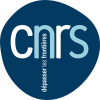Evaluation of tourists' UV exposure in Paris
Abstract
Background Ultraviolet (UV) exposure is one of the most important risk factor for skin cancers. If UV hazard has been evaluated in tropical countries or in some population - children, outdoor activities - little information is available about UV hazard in high latitude towns like Paris, considered as the most 'charismatic city' in the world.
Objective To evaluate UV exposure in Paris in spring, in sun and shade, in real life conditions.
Methods We evaluated erythemal UV exposure, during four sunny days in May-June in eight Paris touristic sites during peak hours (2 days), and during two walks in touristic downtown of Paris. Measures were performed in sun and shade. UV radiation exposure was evaluated with UV index performed with a 'Solarmeter ultraviolet index (UVI)' and UV dose with 'standard erythema dose' (SED) and 'minimal erythema dose' (MED) calculations.
Results Despite 'average' UVI in sunny conditions, a 4-h sun exposure reaches 13-20 SED and 3-10 MED according to phototype. Clouds were inefficient to protect against UV. Shade of places reduces moderately UVI (50-60%) in forecourts. Exposure during 1-h walk reach at least one MED in real life conditions for skin phototypes I-IV.
Conclusions UV risk for tourist is quite high in spring in Paris. UVI remains high despite high cloud fraction. Shade reduces UVI, but UV protection factor is only 2-3 in large places such as Place Notre Dame and Place Charles de Gaulle. So sun protection campaigns should be proposed, and sun protective strategies could be integrated in urban planning.







